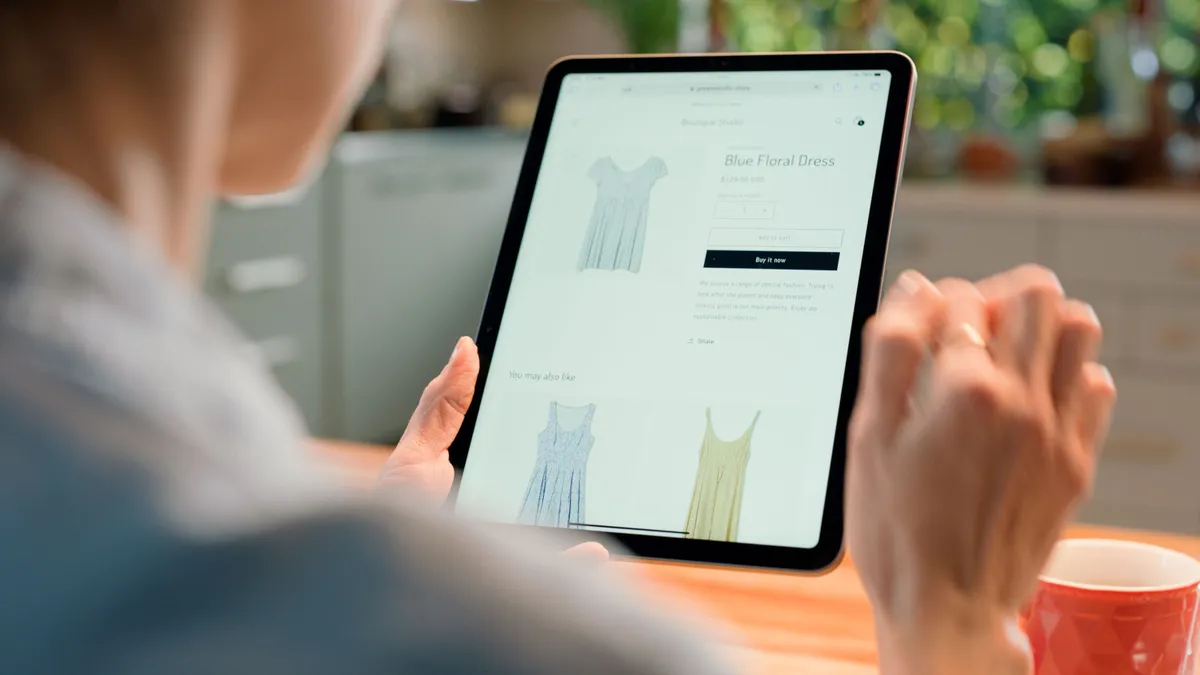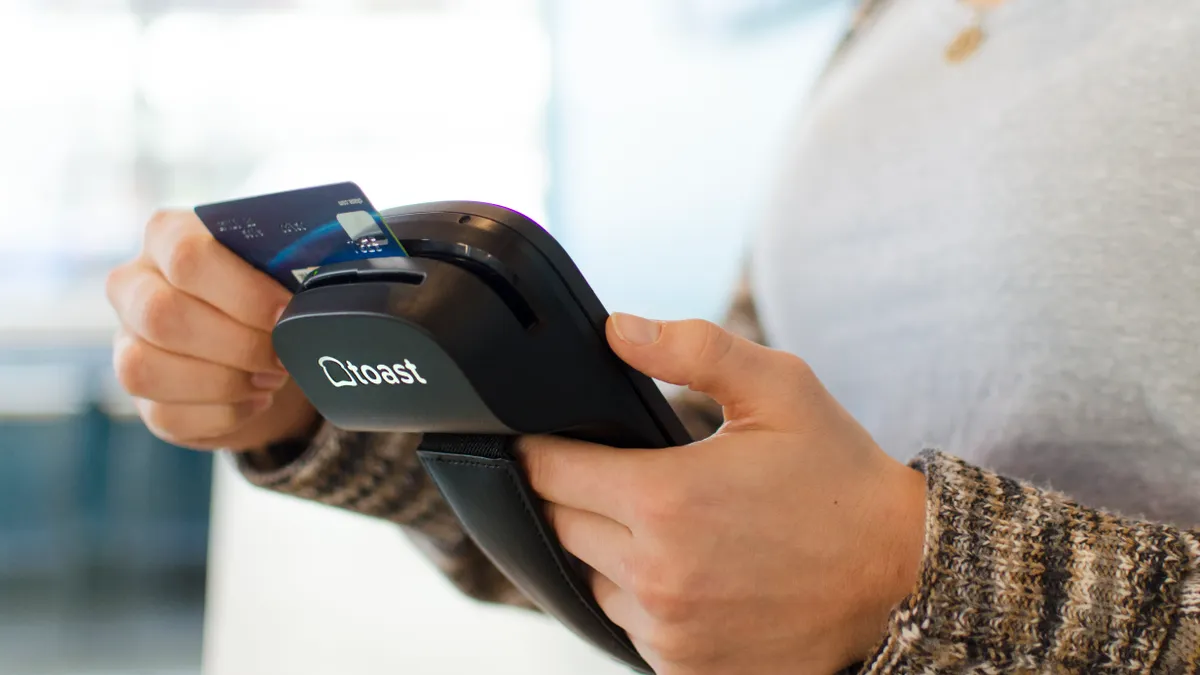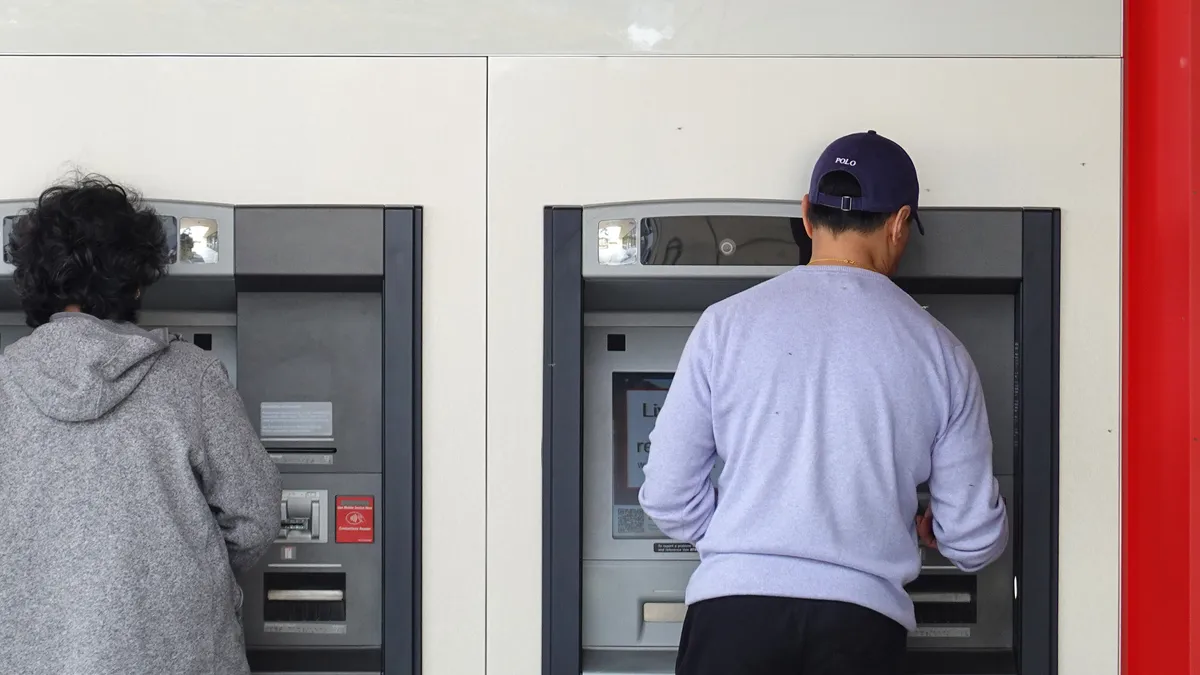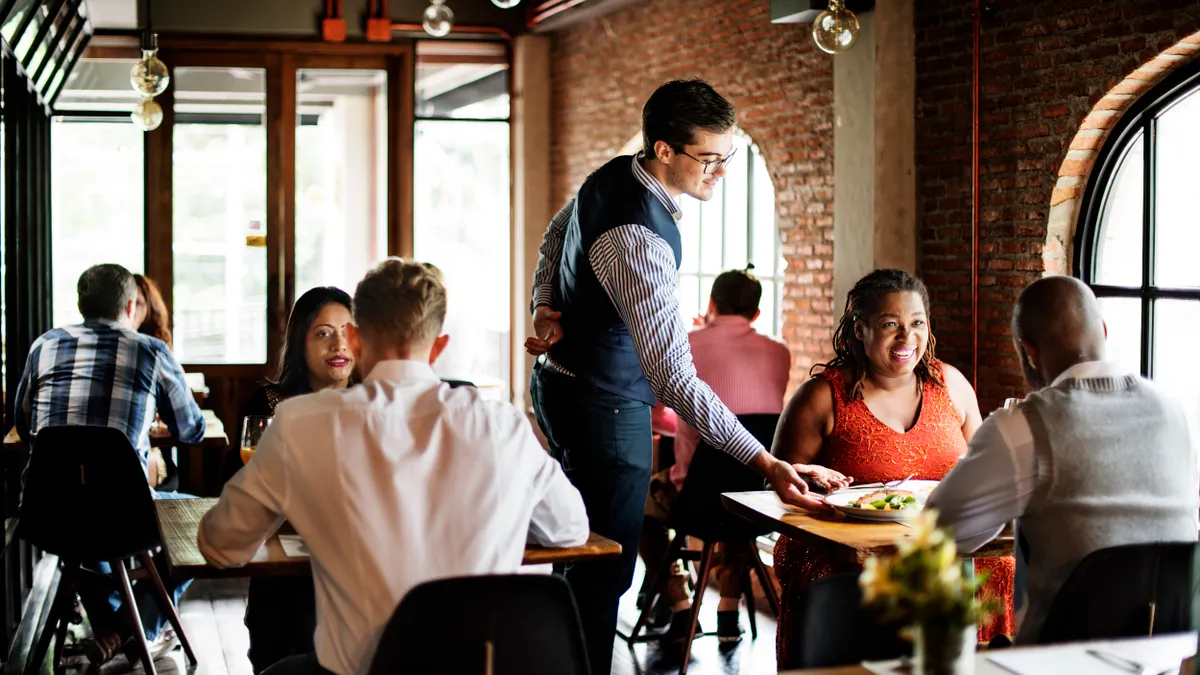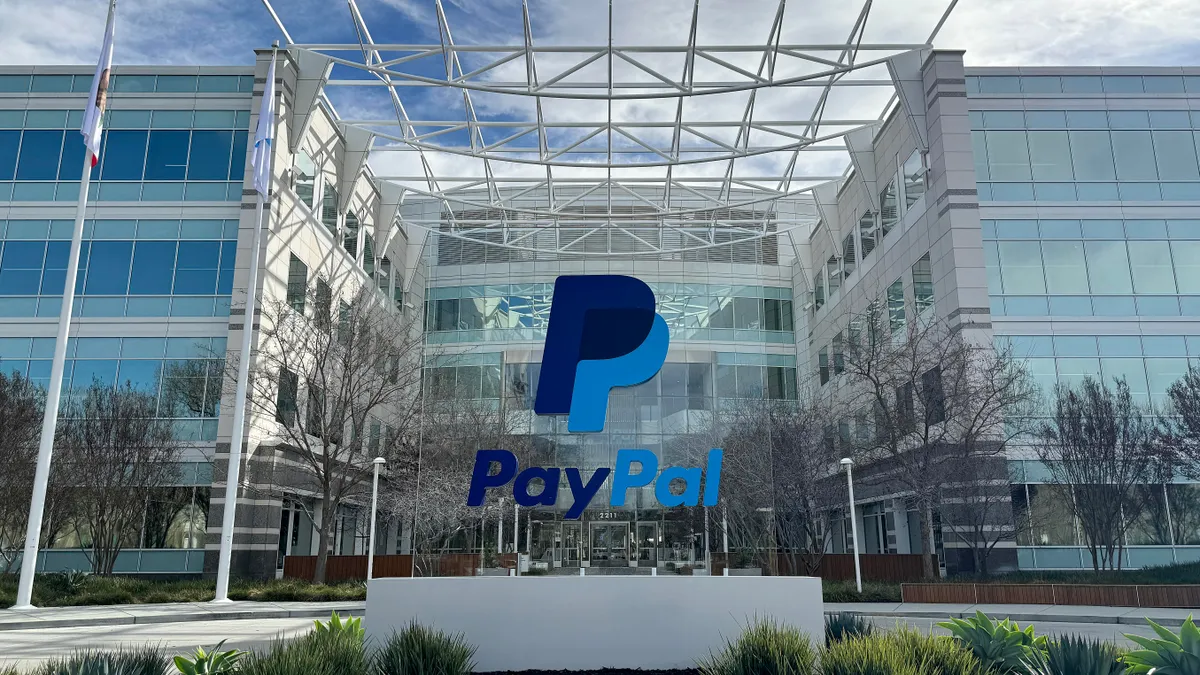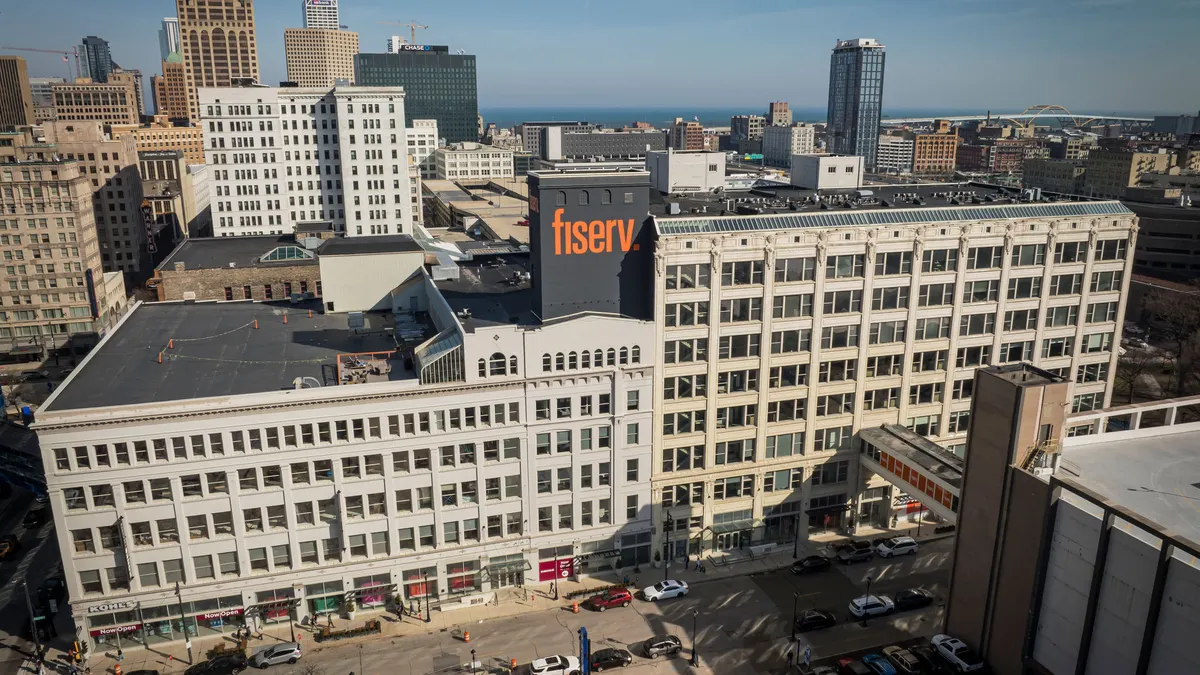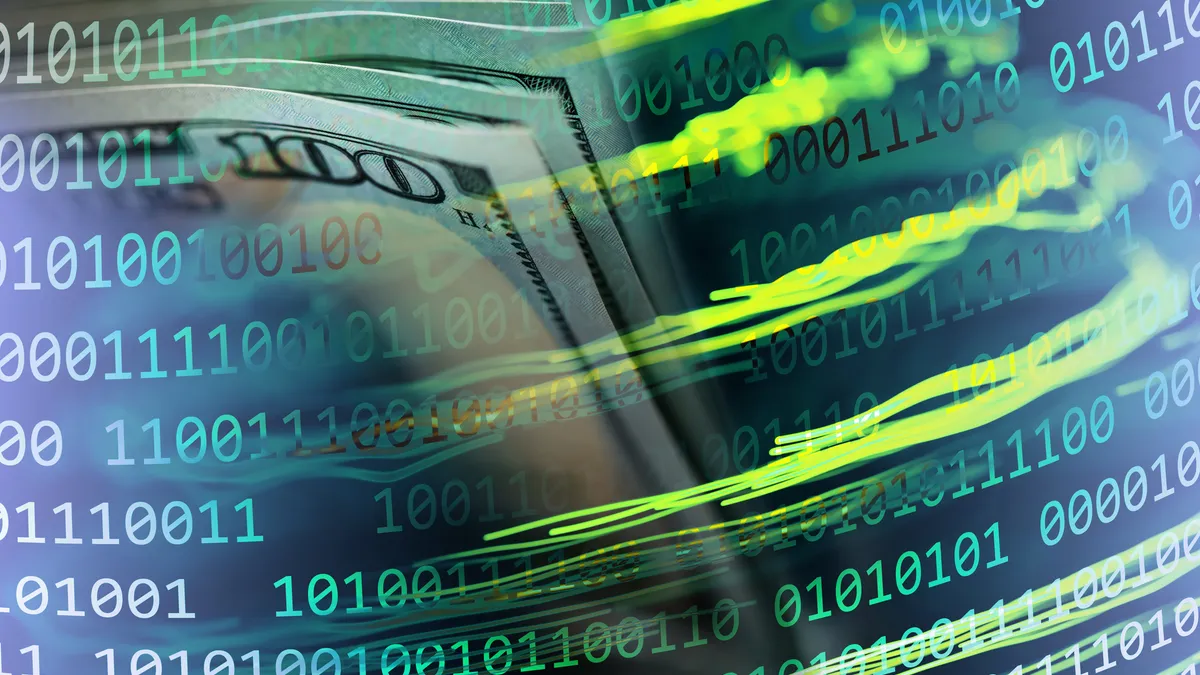Convenience store operators want more shoppers to venture inside their stores for snacks and drinks in addition to fueling up. But the last thing most customers want is to wait in line behind three other people at the cashier.
Nowadays, they don’t have to.
Self-checkout lines have been added inside grocers and big-box stores for decades, and their reach is expanding. Last year, almost 200,000 new units reached a variety of retailers globally, including c-stores Royal Farms and Spinx, according to data from research and consulting firm RBR.
But the trend isn’t stopping at self-checkout. For example, RBR found checkout-free shops tripled last year.
And consumers seem to be on board. A recent survey from Dover Fueling Solutions shows many customers expect gas stations and convenience stores to be contactless and fully automated in 20 years.
Why make these checkout changes?
So if customers see this as the way forward, why is the tech just getting started in c-stores?
“In my experience it’s not so much the shoppers that are the speed bump here,” said Gary Hawkins, CEO of the Center for Advancing Retail and Technology. “They’re looking for these capabilities … It’s the retailers who are too slow.”
That doesn’t mean companies aren’t exploring the space. Chains like Wawa have introduced self-checkout, while Sheetz has a scan-and-go app and Circle K has rolled out high-speed, self-checkout machines from Mashgin across its chain. And a variety of outlets are dipping their toes in the water of fully automated stores.
There are a few reasons these technologies are gaining steam.
“First, of course, is the labor shortage that we’re dealing with,” said Gautham Vadakkepatt, director of the Center for Retail Transformation at the George Mason University School of Business.
In many cases, labor costs are rising while the price of technology is coming down. “Automation can potentially unlock the next-level of margins in some cases,” Vadakkepatt said.
COVID-19 has prompted more people to seek out contact-free checkout options as well.
“The ongoing pandemic has presented its own set of unique problems,” added Olivia Johnson, assistant professor at the Department of Human Development and Consumer Sciences at the University of Houston.
And then there’s the fact that implementing the right automation can make shopping more enjoyable and hopefully less stressful.
“Shopping fundamentally is about an experience, right?” said Vadakkepatt. “You want to be delighted.”
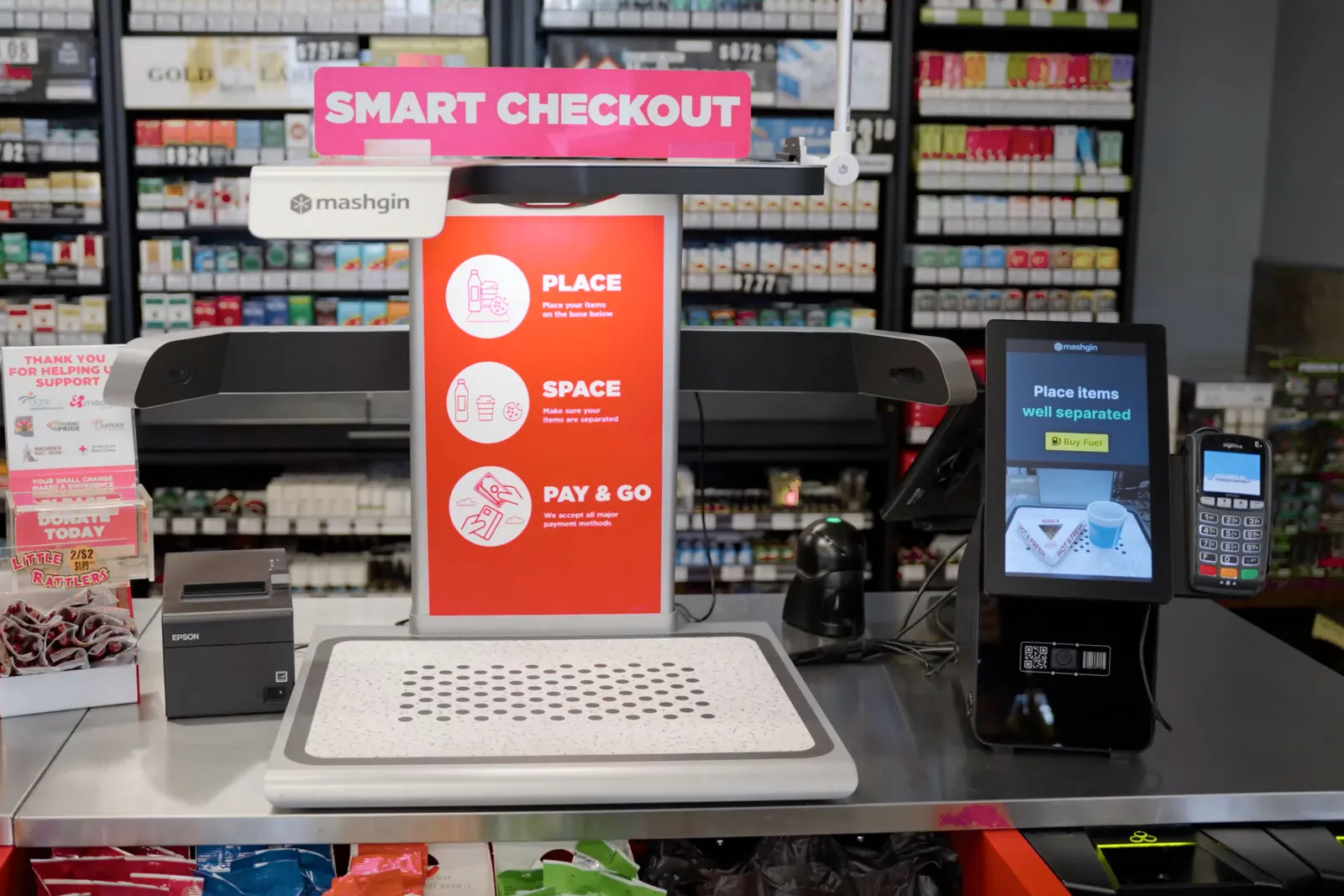
Implementing automated checkouts the right way
Some of these technologies will be a big change for shoppers.
“We are creatures of habit, and if you want to change habit, you have to educate, you have to inform them, you have to walk them through the process so they’re comfortable,” Vadakkepatt said.
Most companies should also retain some traditional checkout options, Johnson suggested. Not only can that give them an alternative in case of technical problems, but “this reminds customers of their choice as the company adopts technology.”
There are many things companies can do to streamline the transition.
“Placement is really important here,” said Jack Hogan, vice president of partnerships at Mashgin. ”But on top of that, you want to make sure your staff are acting as ambassadors during the first few weeks.”
And there can be drawbacks. Any retailers thinking of adding automated checkout needs to make sure to understand the new maintenance needs that come with these terminals, sources said.
Additionally, companies need to factor in what may get lost by having machines replace what has traditionally been a person-to-person interaction.
“It also represents a lost opportunity to increase the numbers of items sold in a transaction by eliminating a cashier’s ability to recommend additional products,” said Johnson. “Furthermore, these machines don’t protect against theft or inaccurate checkouts.”
Which technology is right?
When thinking about adding one of these technologies to a store, businesses must be thinking about what their stores actually need.
“Don’t just deploy technology for technology’s sake,” said Vadakkepatt. “Are you solving a pain point that customers currently have? ... Otherwise you create a different kind of problem.”
Money is another consideration. The different checkout technologies vary widely in costs. And employers may also want to think about the changes in hiring that such changes may require.
“The intersection between retail and technology will become even more important and represent a need for retailers to invest in training or hire more skilled workers,” said Johnson.
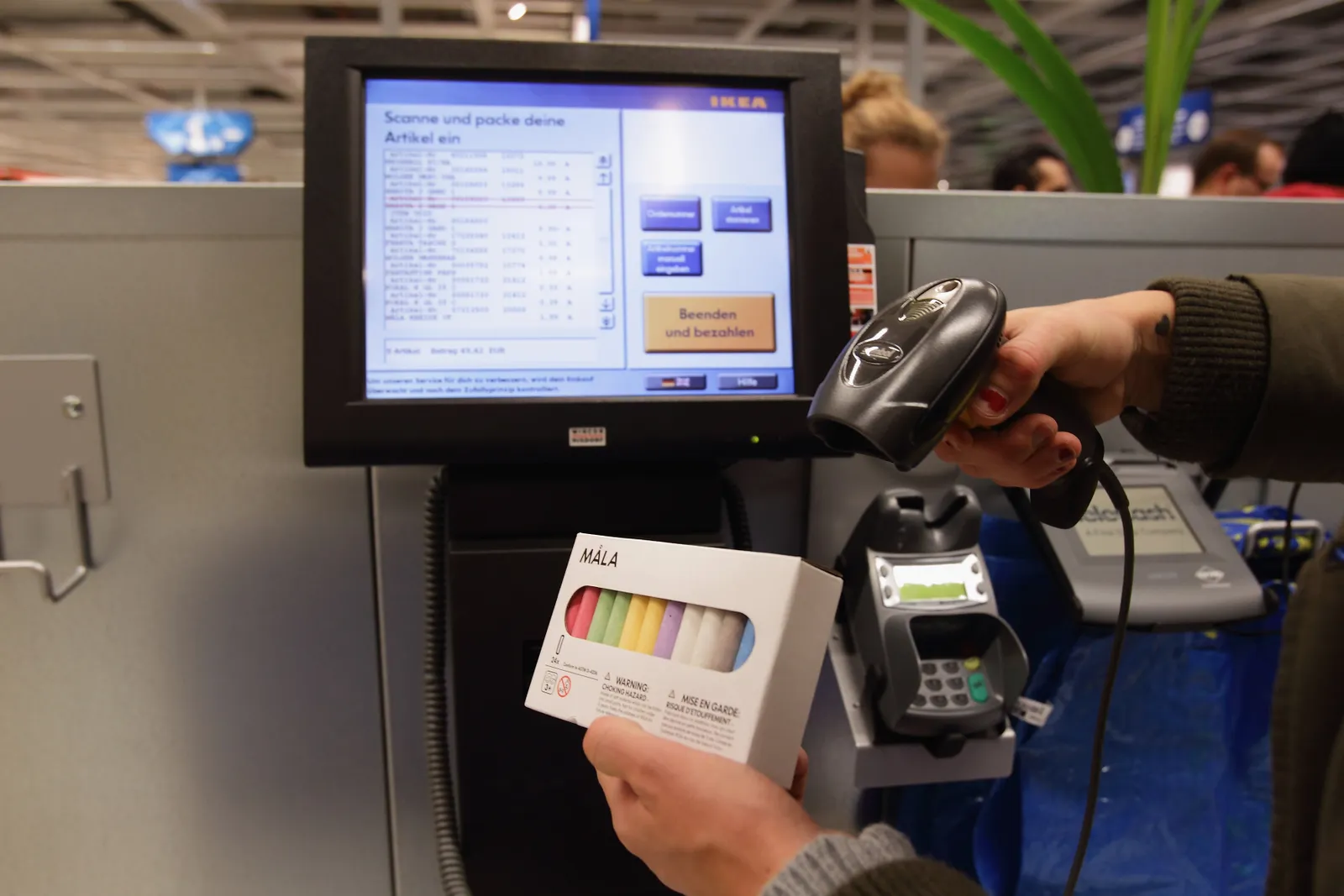
So what are the most common checkout technologies for the c-store space?
Most ubiquitous and basic is the traditional self-checkout, but that technology does come with drawbacks. “It’s been around for 20, 30 years and customers have not had a really good experience with it” said Vadakkepatt.
Indeed, a survey by Kiosk Marketplace found that around 67% of respondents had tried to use a self-checkout machine, only to find it didn’t work.
On the plus side, customers are already familiar with it. That can help with adoption. “However, these systems may be obsolete soon as technology continues to change rapidly,” warned Johnson.
Scan-and-go faces shrinkage questions
Allowing customers to scan purchases from their phone, pay and leave can be a relatively hardware-light implementation for companies.
“In a lot of places, to me, that’s the easiest,” said Vadakkepatt. “Everyone has a phone, they are quite familiar with using the phone. ... There’s minimal cost for deployment.”
But it has its problems as well. In September when grocer Wegmans eliminated its popular Wegmans SCAN app, it cited shoplifting.
“Every retailer I have spoken with that has implemented that (phone) technology has seen their shrink go up,” Hawkins said. “Sometimes it's an honest mistake…. Other times, sadly, there are people that look to take advantage of those opportunities.”
There are steps retailers can take to try to reduce shrink. Vadakkepatt pointed out that more cameras — along with signs letting shoppers know they’re on camera — can help. However, if a company takes that route, “there’s a cost factor that needs to be considered.”
Companies like Mashgin, meanwhile, have pioneered machines where users don’t need to scan barcodes or key in produce codes. As Hawkins put it, a checkout like this “is effectively a tabletop or countertop device, where I can put items, and it will recognize them and then charge me.”
Retailers who go this route can make this technology more appealing by ensuring customers can do everything they need from that kiosk.
“You want it to feel completely equivalent to how they normally check out,” Hogan said. “That means accepting cash, authorizing fuel pumps and enabling existing loyalty systems.”
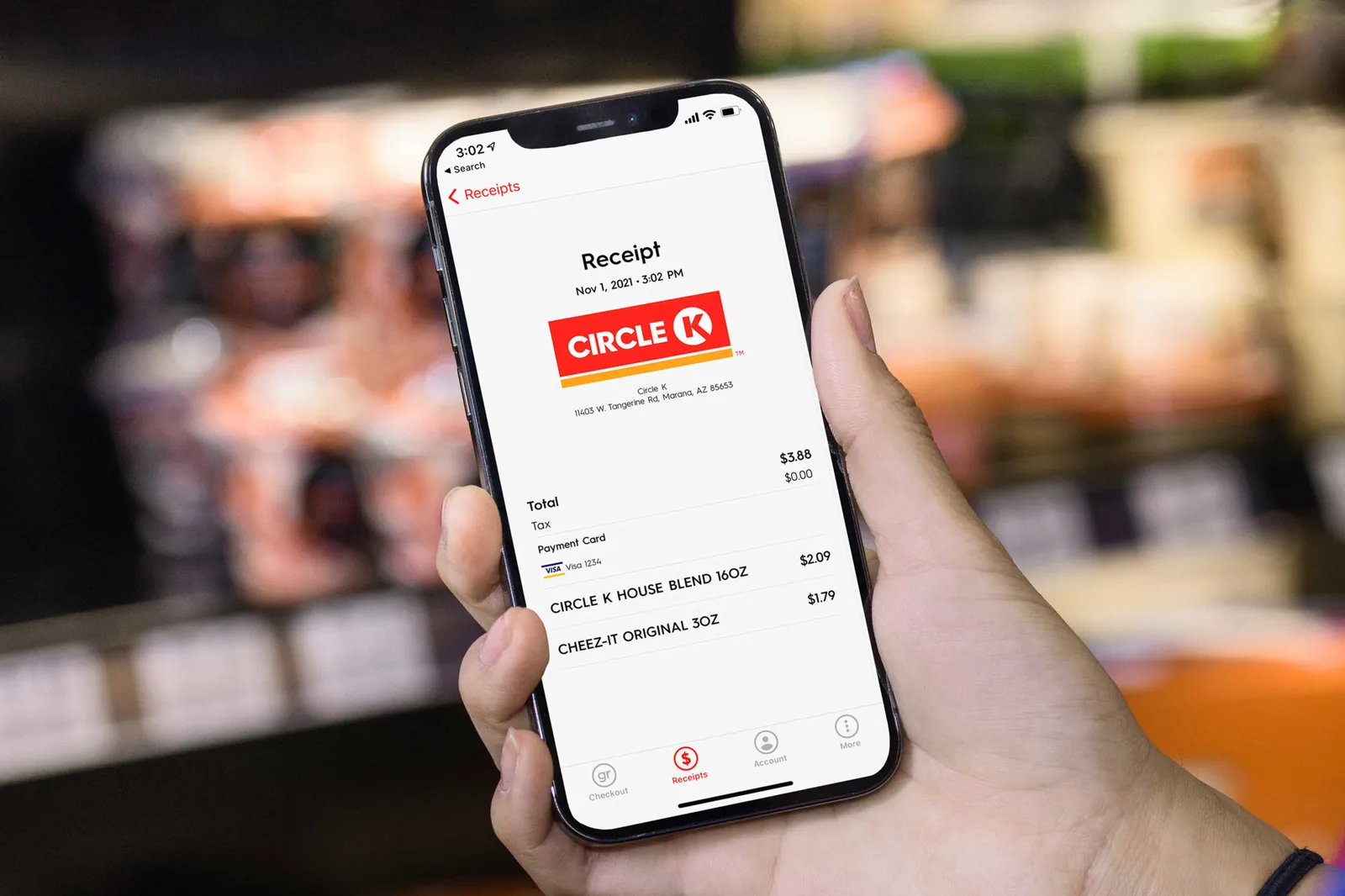
Walk in, walk out technology is complicated but convenient
Hawkins believes the various self-checkout technologies currently on the market are a precursor to the widespread rollout of fully frictionless checkout technology like Amazon’s Just Walk Out system.
This checkout technology tracks each shopper as they move around the store, picking up what they need. Once they leave or scan a code with their phone at the exit, depending on the system, they are charged.
This technology represents far and away the most expensive option for checkout. But Hawkins pointed out that for companies that can afford it, frictionless checkout brings additional upside. In addition to faster checkouts and cost savings, it may also be able to loop into other systems like inventory or spill detection.
Frictionless checkout company Standard AI recently launched a software tool collects data via in-ceiling cameras and uses it to offer c-stores strategic business insights.
Competing firm Grabango, which has partnered with c-store retailers like BP and Mapco, is focusing on rolling out its frictionless checkout technology exclusively with major chains, said Andy Radlow, Grabango’s chief revenue officer.
Interested retailers should keep an eye on the tech. “This is a classic, exponentially growing technology,” Hawkins explained. “The systems are becoming more capable from the software perspective, while at the same time the costs of all the hardware are dropping.”
But because of the needs of the system, Johnson also pointed out, “retailers in rural areas, where the internet may be sporadic, would not want to invest in an Amazon-Go-like frictionless systems.”
Data, data and more data
There’s another benefit that these sensor-heavy checkouts can offer — fresh data. In a world where marketing is getting more and more targeted, the battle for customers is increasingly fought with information and artificial intelligence.
“Marketing today, across a growing number of retail sectors, is becoming very, very focused on the individual shopper,” said Hawkins. “Whether they're shoppers connecting through the website, through the retailer's mobile app, email, etc, it’s making sure that every digital touch is personalized and relevant to that shopper.”
And this data could be vital to the future of the customer experience.
“If you want to email me or you want to market to me, that's great, but you better make it relevant to me,” said Hawkins. “Because if you're not doing that, your competitor is.”
Ultimately, whether a company finds that one of these technologies is ripe for a test in their stores or not, they should never rest on their laurels. Evaluate what’s going on in the store and remain agile.
“It’s a constant feedback loop that you need,” said Vadakkepatt. “Once you deploy the technology, how is it going? Watch, observe, if it is user facing, and get that feedback so you can adapt and change quickly, not when it’s too late.”
Correction: The story has been updated to correct the name Dover Fueling Solutions.









